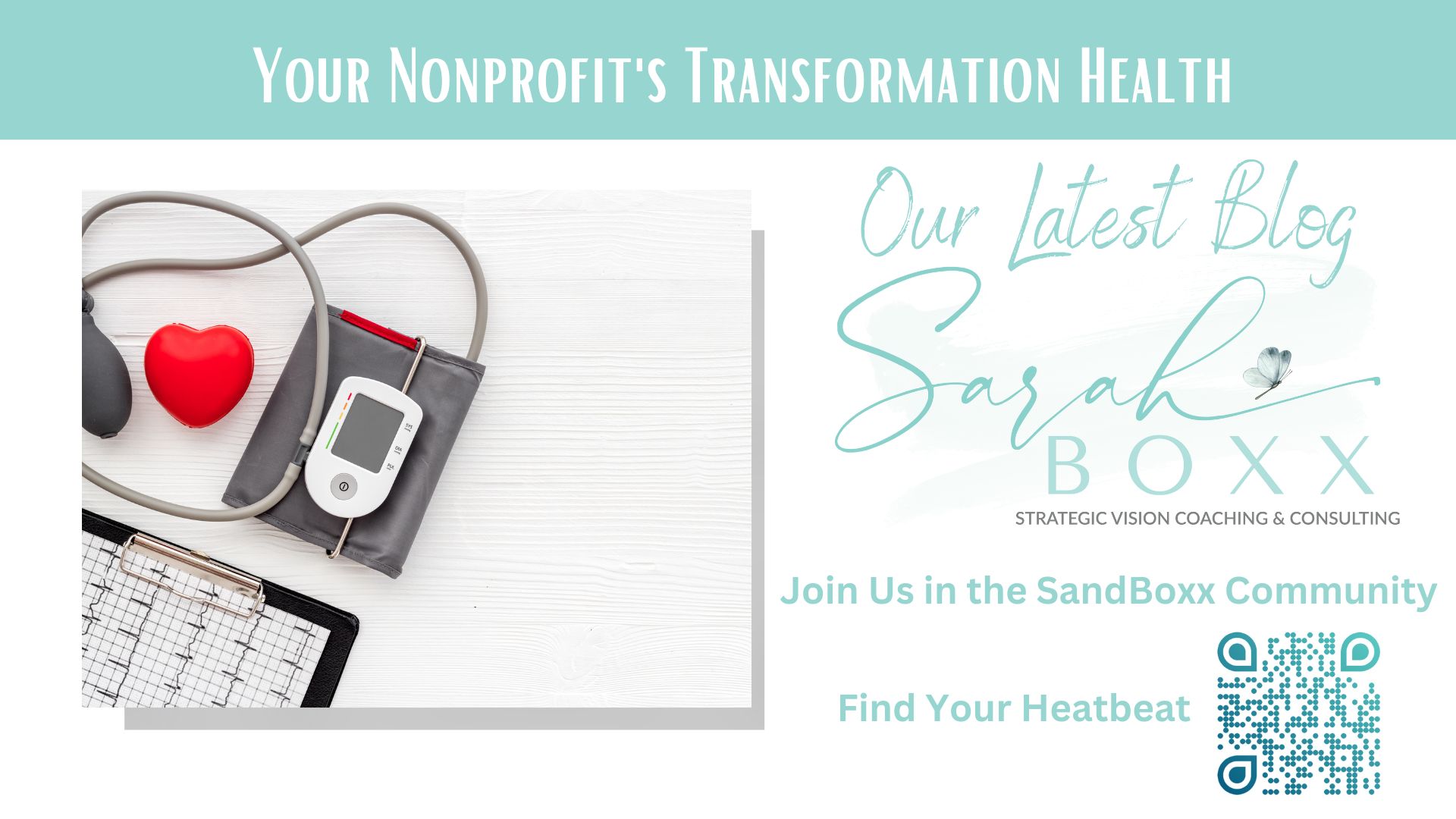Strategic planning is an essential practice for achieving longterm success.
It’s helpful to think of a strategic plan like an architectural blueprint. Like the blueprint for a house, a strategic plan provides direction and dimension for achieving your goals.
A quality strategic plan will:
- Clearly articulate your goals & benchmarks for meeting them
- Outline the resources you need to achieve those goals
- Identify the key metrics for measuring success
- Be easily adaptable to changes in your organization or the world
As mentioned in my blog post, “Why Your Nonprofit Needs A Strategic Plan”, it’s a good idea to periodically review your strategic plan to track your progress and make changes as needed.
Whether you are creating your strategic plan for the first time or updating and revising an existing plan, it’s important to start with the data.
That’s right…making decisions based on reliable and relevant data matters.
“You can have data without information, but you cannot have information without data.”
— Daniel Keys Moran
In other words, the information should inform your planning.
Before you can make important decisions regarding the direction of your organization, you need to have a crystal clear understanding of the current state of your organization as well as any and all outside factors that may affect the work your organization does.
Using data-driven information for making decisions is always an important aspect of strategic planning.
However, the current conditions we are experiencing due to the COVID-19 pandemic and the government mandates and social distancing practices put in place are forcing all organizations to revaluate their strategic plans.
This means you need to stay up to date on current data that affects your work.
For example, if you run a social agency that supports victims of domestic violence, the social distancing requirements and stay-at-home orders can drastically increase issues of domestic abuse.
According to the New York Times, since lockdown quarantining has begun, calls made to domestic abuse hotlines have been through the roof.
This requires social agencies to think creatively, as the issues arising today and the ability for organizations to respond are truly unprecedented.
In this situation (and others), historical data based on trends from previous years is not totally relevant. Hence, the importance of using current data to inform decision making.
As you consider the data, keep in mind there is a distinction between soft trends and hard trends. Daniel Burrus, author of The Anticipatory Organization: Turn Disruption and Change into Opportunity and Advantage, is a phenomenal resource for understanding and unpacking data trends.
Regardless of the available data, as you begin to review your organization’s strategic plan we suggest you begin by answering these questions:
- Who are we serving?
- What are their specific needs?
- How have their needs changed in response to current circumstances?
- What additional changes can we expect?
- Are we meeting their needs effectively?
- Is the work we are doing beneficial for our client-base?
Your responses will inform and provide clarity for your data collection process and then align with your planning work.
If you are a nonprofit leader in the process of reworking your organization’s strategic plan, we have resources to help you!
Sarah Boxx Coaching & Consulting is opening access to the Intentional Nonprofit Leaders Membership Community.
This is a closed membership community, co-created (with members) to provide guidance, resources, and expertise so leaders can reclaim time, lead strategically, and have sustainable mission impact.
If you want to know more about this incredible opportunity, add your name to the waitlist now. Doors officially open later this month.
Article was contributed by: Maria Lees, Team Writer with Sarah Boxx




